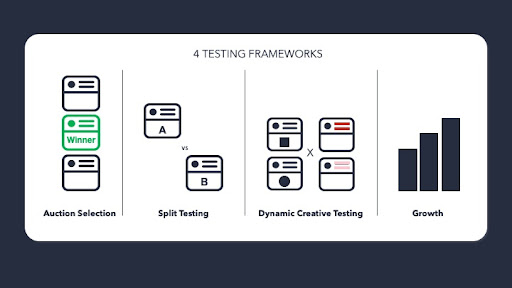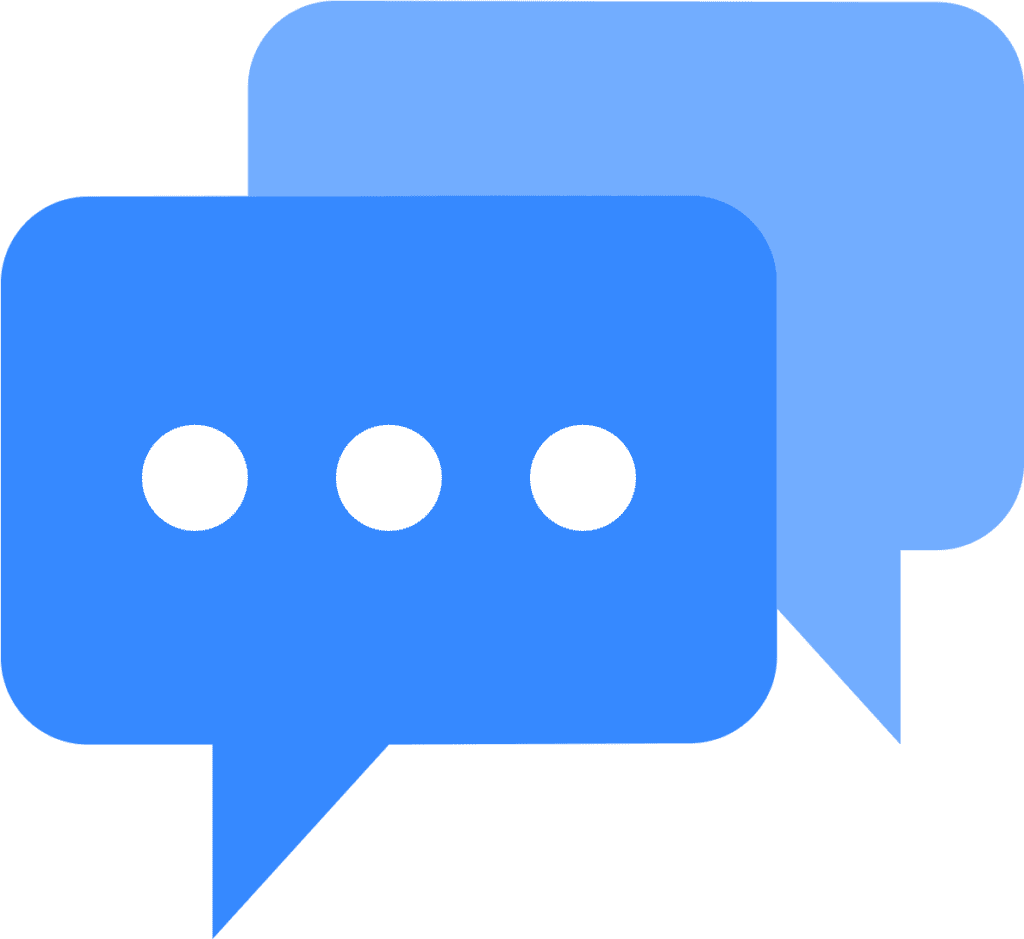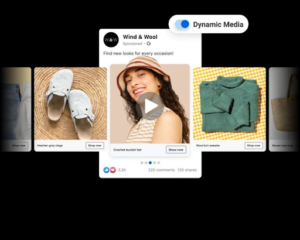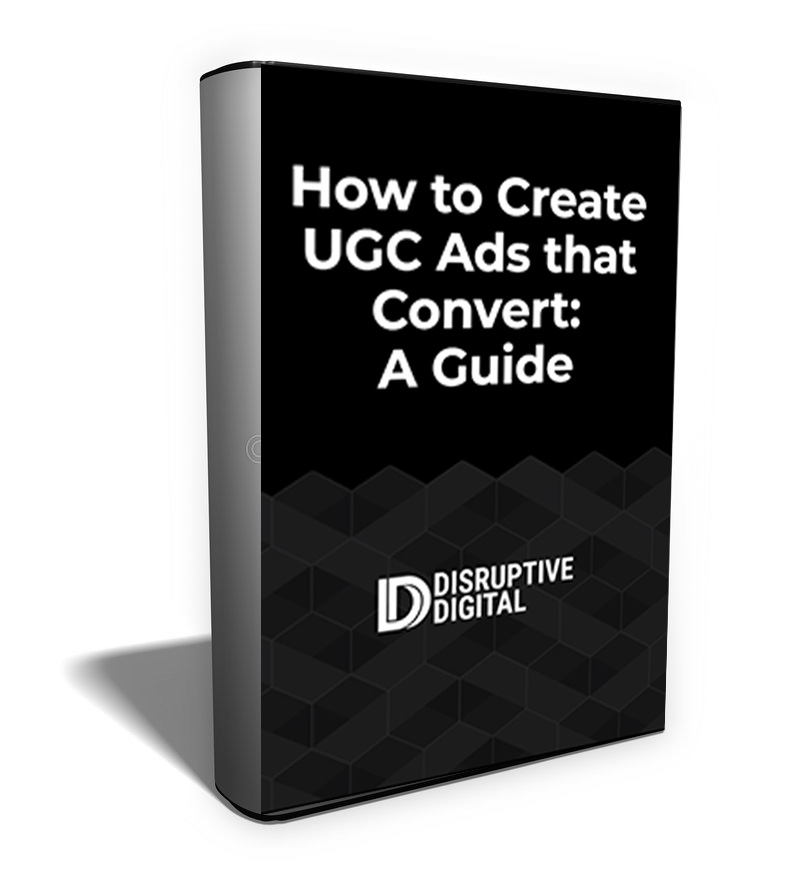Marketers are constantly troubled about breaking through the ever-dynamic and stiffly competitive Facebook ad environment. It doesn’t help that costs are rising, and reaching new followers is quite an uphill battle.
Even in all the melee of figuring out what’s working and what isn’t, one unwavering truth is that creative is still king. To reach your audience efficiently, you must find out what interests them and compel them to respond to your call to action to convert.
Testing new creative strategies and formats is key to succeeding on Facebook and Instagram for the fastest growing advertisers on the platform. In fact, Meta has done studies that have shown businesses who create 11X more ads see an 11X variance between top and bottom forming creative.
However, testing every creative concept can be overwhelming. How do you know the best way to conduct a test that gets you the answer you’re looking for quickly without wasting a large portion of your budget?
This article will explore four ways to set up creative tests on Facebook and Instagram and help you identify what resonates best with your audience without blowing up your budget.
1. Split Testing
Also known as A/B testing, split testing compares two versions of a creative idea to test which one drives a better response rate amongst your target audience.
The goal is to isolate which variable performs better and test which overall ad concept will suit your campaign.
Split testing is a great way to isolate and understand if one variable in an ad works better than another, especially if you don’t want to have people see two conflicting messages.
Examples of this include:
- Testing Price Point A vs Price Point B
- Testing Offer A vs Offer B
You can see an example split testing different pricing/offers here.
Working with a hypothesis before experimenting with the two variables is best. For example, how much does offering a 10% off discount in an ad drive down your acquisition cost vs not showing a discount at all.
For a fair comparison during a split test, all elements of the test should be the same outside of the variables, including the budget, placements, audience, and website URL.
Split testing is appropriate when you want to introduce changes to your advertising strategies or when you want to pick the best of two creative strategies.
Best Practices for Split Testing
- Test one variable: You’ll get more conclusive results when dealing with identical ad sets, except for the variable being tested.
- Create a quantifiable hypothesis: Formulate your test as a question, then use your variables to test the hypothetical situation.
- Keep the same audience across both cells: Not targeting the same audience can result in “contaminated” test results.
- Set a sufficient budget: Work with a budget that will produce results you can ensure a statistically significant result. If using Facebook’s split testing tool, they usually have a calculator to let you know if you’re budget is large enough to drive a winner at a 90%+ confidency level.
- Make the campaign length long enough to get an answer: The ideal testing time frame depends on your business’s objective and typical customers’ behavior. If your audience generally takes longer before they start to convert, set the campaign to last longer. Generally speaking, it’s recommended to have a test run for at least 2 – 4 weeks.
2. Auction Selection
If you don’t care to isolate and understand which variables are working better than others (like in a split test) and are more focused on getting the best results possible, letting Facebook’s ad auction pick your top creative could be a good alternative testing method.
Facebook’s ad auction decides uses machine learning and AI to determine whom, where, and when to show a user the ad most relevant to them.
In addition to Facebook doing this to find the right ad amongst hundreds of thousands of businesses, their auction also does this amongst all of the ads you have in rotation for a potential user to see.
When one of your ads gets more engagement such as clicks and shares than other ads in your rotation, Facebook will run that winning ad a lot more frequently to get you the best performance for your budget.
When running a bunch of new ads against each other to find a winning creative, the result is that you may see one ad get more impressions and investment than the others new ads you launched.
For instance, let’s say your selling fast-food burgers to men 35+ and 5 ads at the same time with the following creative assets:
- Still image of a man eating a burger
- Still image of a woman eating a burger
- Sideo of a man eating a burger
- Video of a woman eating a burger
- Still image of a burger and fries on a plate
You might end up seeing all of the budget go to the video of the man eating the burger. This implies that Facebook believes this is the most effective ad for this audience at this time.
However, this doesn’t mean the other ads aren’t effective. They just might not be as effective of the video of the man eating the burger. Or it might be these ads will resonate better with a different audience.
For example, if you took these same five ads and ran them to women 35+, you may see the video of the woman eating the burger be the top creative.
Regardless, auction selection is a great way to pick a winning creative quickly on less budget than a split test which requires more rigor to find an answer.
However, this lower cost approach isn’t fool proof. Unlike with split tests, it’s harder to gain learnings due to cross contamination.
You can potentially do a meta-analysis after, but (unlike a split test) it will be more about correlation than causation.
Best Practices for Ad Auction Selection
- Keep all the ads in one ad set: This will lead to uneven delivery in spend per ad, but will help you find winning creative and better performance quicker.
- Make sure you have enough budget and time to test: Generally speaking, your daily test budget should be (50 times your expected CPA / 7). It’s recommended to let your creative run for at least a week to let Facebook optimize with enough data and find a winner, though there are instances where it might make sense to pull the plug quicker or let a campaign run a bit longer.
- Keep your new ads in testing limited to 3 – 5: Facebook generally heavily weighs investment towards 1 – 2 ads so there’s no need to go crazy with multiple assets. The less ads you test in your campaign, the more learnings each ad is eligible to receive because you’re not spreading your budget so thin.
- The more diversified the ads in testing, the better: Instead of putting in ads that fundamentally look the same except for a small variable like changing the color of the text, try testing wholly different visuals at the same time to find unique opportunities for winning creative.
3. Dynamic Creative Testing
What if you want to test more than 3 – 5 ads at the same time? Or your unsure of the right headline or call to action to include alongside your new ad?
Dynamic creative testing will likely be your best bet.
This testing approach takes multiple ad components like videos, images, descriptions, titles, and CTAs, then optimize them to achieve the best results for each impression.
It’s the go-to approach if you aim to find the winning combination of all of these components.
Best Practices for Dynamic Creative Ads
- Only mix compatible components: As much as this approach allows you to test up to 30 items in one run, always choose quality over quantity. There’s no point choosing 20 items just because you can. Instead, test the vital variables that you actually intend to use even in future campaigns.
- Test images and videos together: Dynamic creative testing allows you to run up to 10 images and/or videos together simultaneously. Consider including a mix of both asset formats to help ensure you get the most effective performance possible.
4. Growth
If you’re trying to reach a net-new audience, including that creative in your business as usual campaigns likely wouldn’t work.
Facebook is likely pre-determined to keep your top ads to your core audience as the majory share of investment, impacting your ability to reach new types of people.
Instead of running them alongside your current efforts, you would need to carve out a separate budget to reach that new audience.
Using the fast-food burger company from earlier to illustrate testing for growth, these are three parameters which might lead to running a net-new campaign:
- Test into new audience segments: Creating ads to specifically for women, if the majority of your creative and sales is aimed at men.
- Test into new product lines: Creating new ads to showcase a newly launched chicken sandwich.
- Test into new messaging strategies: Trying to sell on cost or convenience instead of taste.
We actually tested for growth with an advertiser we work with and the results were pretty astonishing.
The brand, an online personalized styling subscription service for women to receive boxes of clothing monthly, wanted to attract more 25+ women instead of women 18 – 24 to improve customer lifetime value.
To achieve this, we launched a new creative strategy to prioritize using more conservative looking outfits instead of products that converted well but appealed to younger demos.
The targeted 25+ age bracket rose from 50% to 80% while maintaining similar CPAs.
Conclusion
As mentioned at the beginning, the top advertisers test 11X more so one test campaign will not be enough to find the best performing creative you possibly can for your brand.
Instead, continual experimentation leads to accumulating valuable insights so constantly learning and iterating on performance is key to achieving growth and efficiency.
Maneuvering the nuances around digital marketing can be pretty challenging. Sometimes it’s best to leave it in the hands of experts and focus on the business. Are you trying to figure out how best to retain your customer base and keep attracting others? Maybe you just want to stay on top of everything regarding digital marketing. Reach out to us today, and we’ll help you figure out this space.








